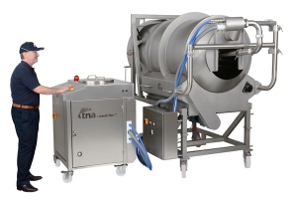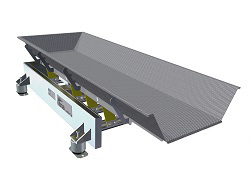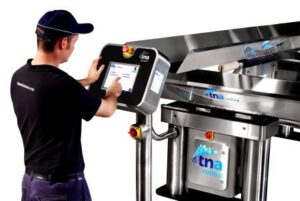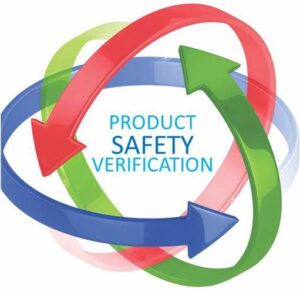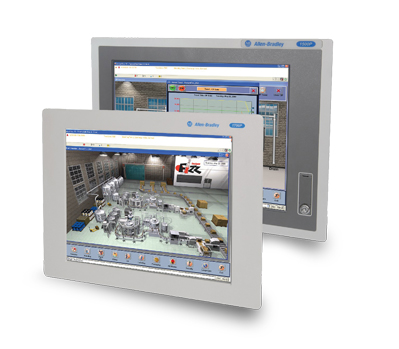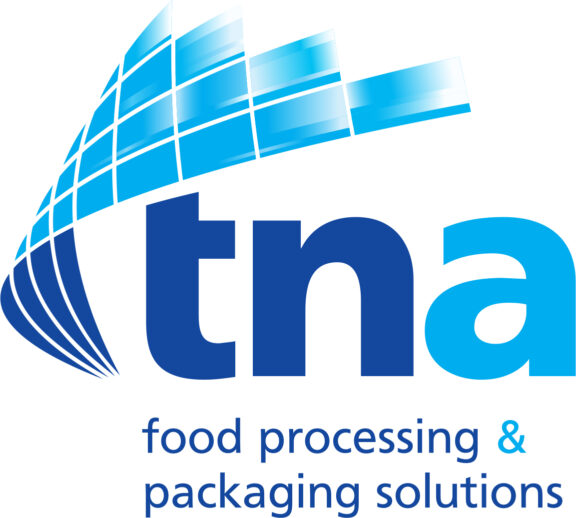Achieving a leaner production process: 4 Steps For Success
flexibility | 4 mins read
October 14, 2015
Michael Green, managing director – tna

Simple processes, low costs and consistent product quality are critical to success in today’s fast-paced and convenience-driven snacks market. A just-in-time (JIT) manufacturing approach is considered by many as an effective way of achieving this. But how can you apply a JIT philosophy to your production processes and deliver maximum impact? Read on for our four steps to success.
Step 1: Ensure plant efficiency
Complete plant efficiency is at the core of JIT manufacturing. Maximising your overall equipment effectiveness (OEE) is therefore critical. OEE quantifies how well a manufacturing unit performs relative to its designed capacity during the periods when it is scheduled to run – important for both the production line as a whole and the individual equipment within the line.
What’s more, it’s vital that your equipment fulfils its production requirements for an efficient plant. In a snacks plant, for example, products must often be changed at a moment’s notice and result in minimum downtime and impact on productivity. Invest in high performance equipment with few moving parts and easy-to-clean surfaces and you will reduce the time you need to set up the machines between different products while still optimising uptime for increased overall product output.
And finally, implement a well-planned, accurate setup with regular maintenance. Control systems like programmable logic controllers (PLCs) and supervisory control and data acquisition (SCADA) systems can be easily integrated into your existing production lines and will help you expose any existing inefficiencies.
Step 2: Maintain quality control
Effective traceability methods are vital for ensuring a JIT production process. Install traceability technology to identify the date, time and location of any issue that arises throughout the processing stages, maintain quality control and minimise waste. Risks can be identified and traced back to source and prevent contaminated or incorrectly packaged products entering the value chain. Bar codes are a simple and cost-effective way to implement traceability at an individual item level. Production data, including time to market and product quality, can be built into the code to allow for easy tracking of each product.
Avoiding environmental contamination is also critical. Selecting equipment with limited moving parts and utilises easy clean materials like stainless steel will help you achieve this.
Step 3: choose the right equipment
The right equipment with the right features and technology is essential for JIT manufacturing. With it, you’ll reduce waste, minimise downtime and maximise the sustainability of your production line. For example, oil is one of the most expensive ingredients in food manufacturing and in the case of snacks processing, misting, overspray and giveaway are key problems. Fully engineered solutions that provide consistent oil spray to all parts of the production band will help you address this.
Install sensing equipment at selected points on your line too – to monitor and identify when product and material waste occurs. The logged data will provide a detailed report for review, helping to eliminate the risk of fines from regulators and support a safe, sustainable and efficient JIT operation.
Step 4: Secure your supply chain
Tightening up your supply chain is crucial to achieve a JIT manufacturing process. Consider partnering with a single source supplier who can offer turnkey solutions for your complete production line. This simple step can save time and paperwork – it provides just one point of contact, giving you rapid access to a complete range of technology, services and skills. You also avoid multiple calls and discussions to find different suppliers for varying manufacturing functions.
This approach also means you benefit from improved production flow. Solutions from a single source supplier are usually designed, assembled and installed so that each component communicates effectively with the other. Standalone machines from different suppliers, on the other hand, are often unable to operate at optimum levels, reducing the overall efficiency of the line.
Download our white paper to discover how working with a total solutions supplier like tna can help food manufacturers execute a lean and efficient process and reap the maximum rewards from a just-in-time manufacturing approach.















